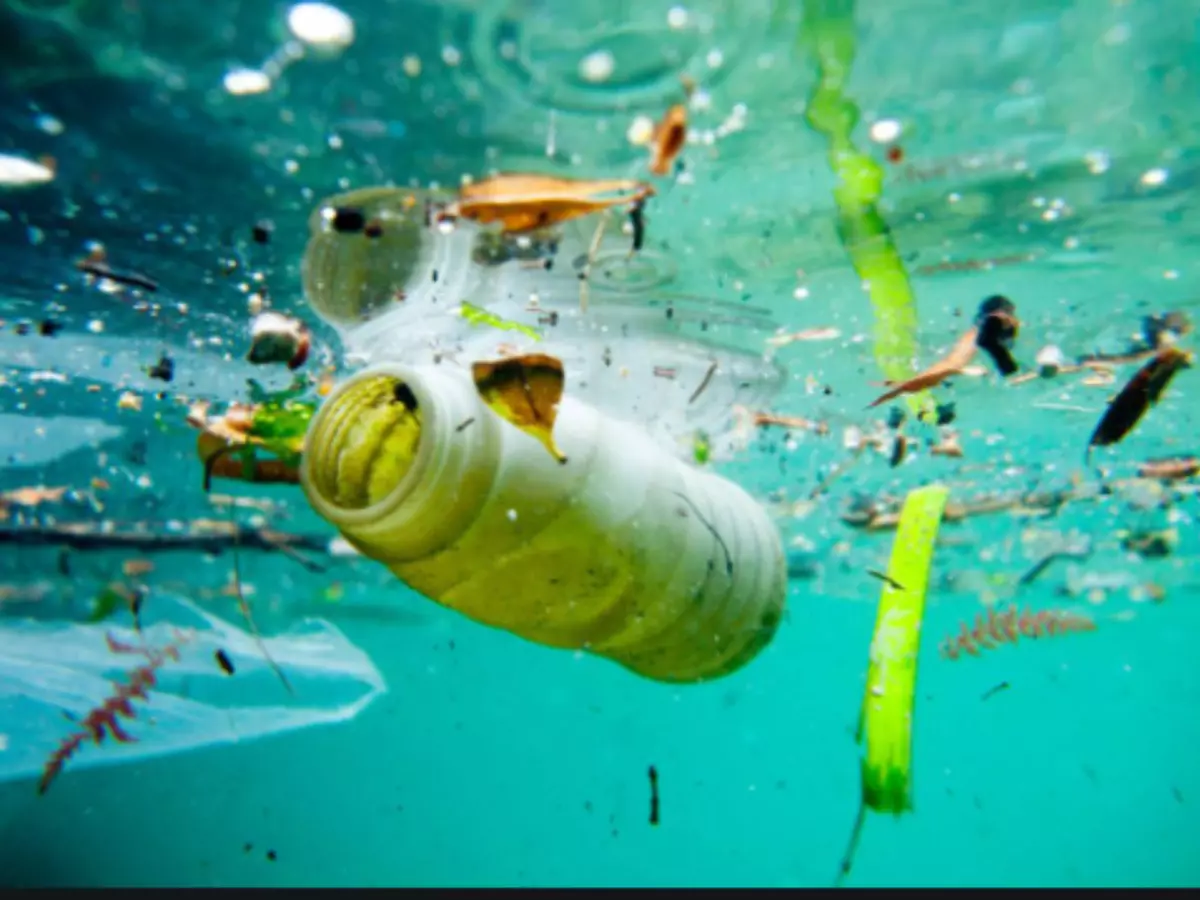In Highest Level Ever Recorded, 1.9 Million Pieces Of Microplastic Found Crowding The Seafloor!
According to a new study in the journal Science, scientists recently found 1.9 million pieces in an area of about 11 square feet in the Mediterranean Sea.

Scientists have discovered microplastics in greater quantities than ever before on the seafloor. According to a new study in the journal Science, scientists recently found 1.9 million pieces in an area of about 11 square feet in the Mediterranean Sea.
 Image For Representation/Source/CoastMonkey
Image For Representation/Source/CoastMonkey
As part of an international research project led by the University of Manchester, scientists were able to uncover a staggering amount of microplastic.
The researchers showed how deep-sea currents act as conveyor belts to transport and deposit tiny plastic fragments and fibres across the seafloor.
Microplastics ¨C tiny pieces of plastic less than 5mm in size ¨C are likely to accumulate most densely on the ocean floor in areas that are also biodiversity hot spots, intensifying the damage they may do to marine ecosystems, according to the research.
The same hot spots are also key breeding grounds for marine life, such as filter-feeding ascidians, or ¡°sea squirts¡±, which are particularly prone to microplastic ingestion, along with sponges and cold-water corals.
¡°Almost everybody has heard of the infamous ocean ¡®garbage patches¡¯ of floating plastic, but we were shocked at the high concentrations of microplastics we found in the deep seafloor,¡± Ian Kane, the study¡¯s lead author and an earth scientist at the University of Manchester, said in a press release.

¡°We discovered that microplastics are not uniformly distributed across the study area; instead, they are distributed by powerful seafloor currents which concentrate them in certain areas.¡±
Researchers said the amount of plastic is so high, it has essentially become part of the makeup of the ocean floor ¡ª a potentially devastating threat to biodiversity.
"Our study has shown how detailed studies of seafloor currents can help us to connect microplastic transport pathways in the deep sea and find the ¡®missing¡¯ microplastics,¡± Mike Clare, a co-lead on the project and a researcher at the National Oceanography Centre, said.
The researchers said understanding where the microplastic hotspots are is vital because deep ocean currents carry oxygenated water and nutrients, which means these areas are also likely to house important ecosystems with marine life that can consume or absorb the harmful plastics.
